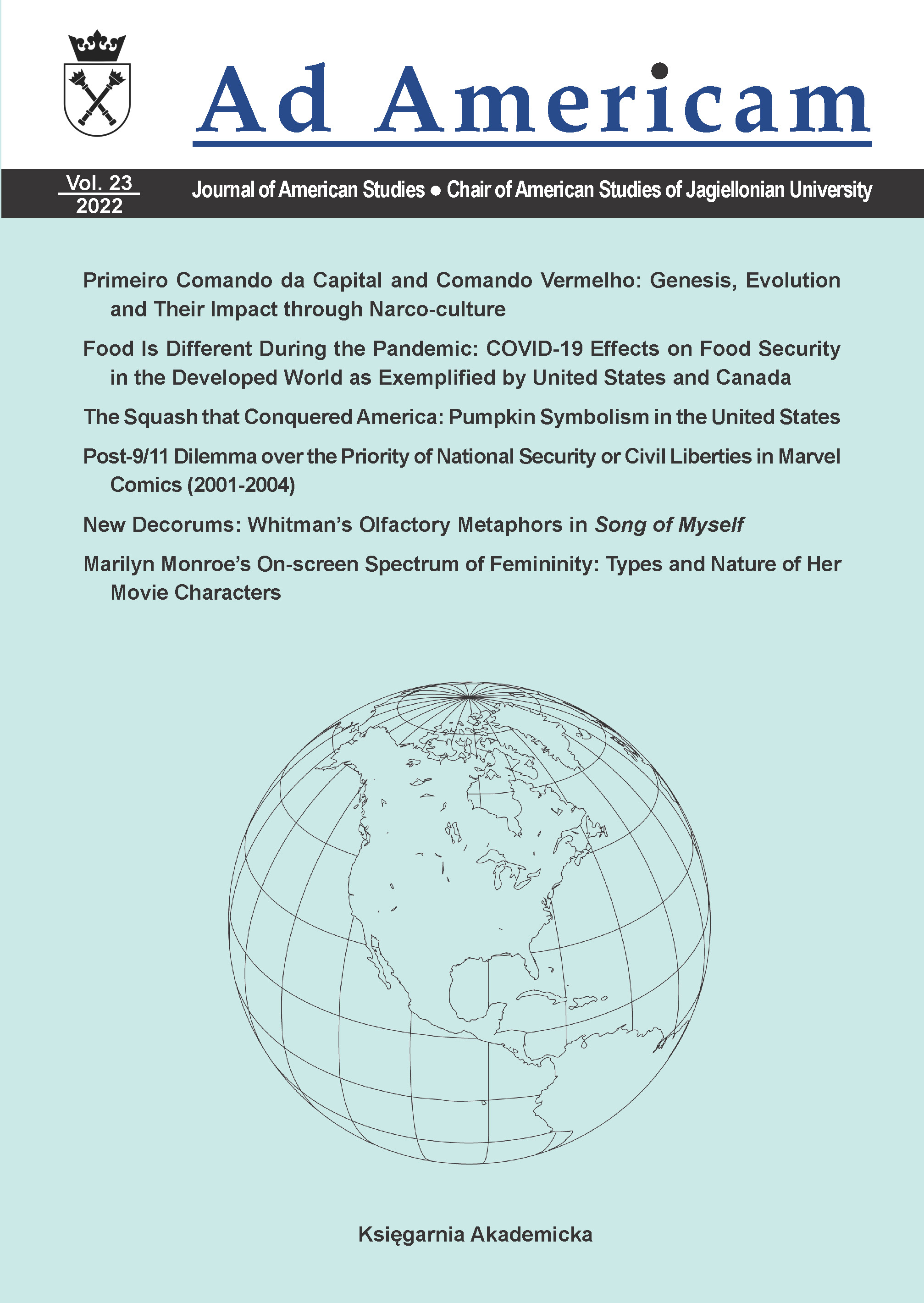Primeiro Comando da Capital and Comando Vermelho
Primeiro Comando da Capital and Comando Vermelho
Genesis, Evolution and Their Impact through Narco-culture
Author(s): Kamil JańskiSubject(s): Social Sciences, Sociology, Criminology, Studies in violence and power, Substance abuse and addiction
Published by: KSIĘGARNIA AKADEMICKA Sp. z o.o.
Keywords: Primeiro Comando da Capital; Comando Vermelho; narco-culture; narcobusiness; mega-rebelião
Summary/Abstract: The era of the military junta left a legacy of draconian laws and inhumane prison conditions. The lack of effective reforms led to the rise of the prison gangs Comando Vermelho in the city of Rio de Janeiro and Primeiro Comando da Capital in the city of São Paulo. Ineffective state government policies based on relocation of problem prisoners and initial denial of their existence not only accelerated the expansion of the CV and PCC gangs in the prisons themselves but also enabled them to infiltrate the favelas. Members of the Comando Vermelho and the Primeiro Comando da Capital gangs took advantage of inequalities and racial discrimination that had existed since colonial times to maintain a negative image of the state and white elites while gaining support and potential recruits. The cocaine boom of the 1980s and the associated development of the narco-business provided the gangs with a lucrative source of income, but at the same time became a flashpoint between them, generating conflicts. Parallel with the emergence of organized crime, a multidimensional phenomenon called narco-culture arose and began to permeate popular culture. Though it, members of gangs and drug cartels sought to legitimize and gain social acceptance for narco-business, drug consumption, and their own criminal operations at the expense of lowering the authority of the state.
Journal: Ad Americam. Journal of American Studies
- Issue Year: 2022
- Issue No: 23
- Page Range: 5-27
- Page Count: 23
- Language: English

